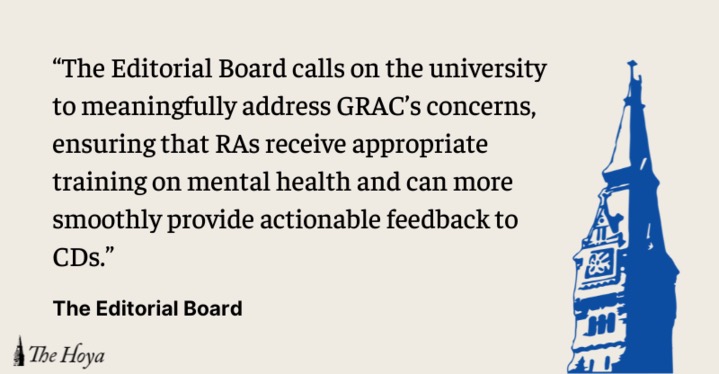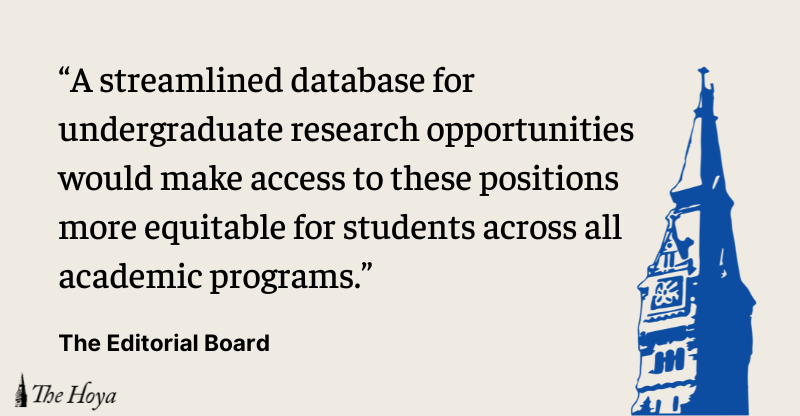AlcoholEdu may be a rite of passage for students, but it’s time to shake up the close to three-hour ordeal.
Designed to provide alcohol safety education, AlcoholEdu perennially becomes a running joke among new students – even if the lessons conveyed are essential on a college campus. The university requires that each incoming student complete the online tutorial, which consists of a series of videos, quizzes and informational articles. The format, however, with its easy-to-click-through pages, enables students to rush through the site and miss critical information. A more effective method for alcohol safety education would be a live presentation tailored to the Georgetown community.
AlcoholEdu approaches the issue of underage drinking from the right angle. It does not try to lecture students into sobriety, but provides them with the tools to drink safely. Yet, almost every student knows others who skipped quickly through the reading portions and surfed Facebook instead of watching the videos.
In addition, the course’s length can overwhelm the students who do take it seriously, making it difficult to recall the most important information. A recent informal survey by The Diamondback at the University of Maryland, which also uses AlcoholEdu, found that very few students could remember specific facts covered in the tutorial. All of the effort behind AlcoholEdu is for naught if the program cannot hold the attention of its audience.
any schools attempt to counter student apathy by using live performances during orientation as the primary means to convey messages about safe drinking practices. The peer education group at Gettysburg College, for example, writes three health-centered skits that focus on the dangers of alcohol poisoning, among other concerns. The University of Texas, in addition to requiring completion of AlcoholEdu, posts skit-based videos on YouTube about alcohol safety.
Georgetown’s New Student Orientation already incorporates an NSO Show that presents the challenges of the transition to campus in an entertaining format. Although this year’s show emphasized Georgetown Emergency Response Medical Service as a valuable resource, it did not explicitly address the dangers of binge-drinking or alcohol abuse. Why not weave into the show the key points of the AlcoholEdu course? After all, students watching a live show in Gaston Hall may be far less tempted to zone out than those sitting in front of their computers in their dorm rooms. Moreover, the campus theater groups who perform for their fellow Georgetown students would earn more respect than the cookie-cutter actors that appear in AlcoholEdu videos.
A short orientation show on safe drinking practices does not need to replace AlcoholEdu, but it could complement it, by helping new students process and retain the most important points of the tutorial. Students, of course, would not find as much detail in an orientation skit as they will in the tutorial. But quality is just as important as quantity. As the NSO coordinators and staff begin to map out next year’s orientation, they should consider that a short, engaging skit on safe drinking could perhaps educate students more effectively than the cumbersome, time-consuming AlcoholEdu course.













